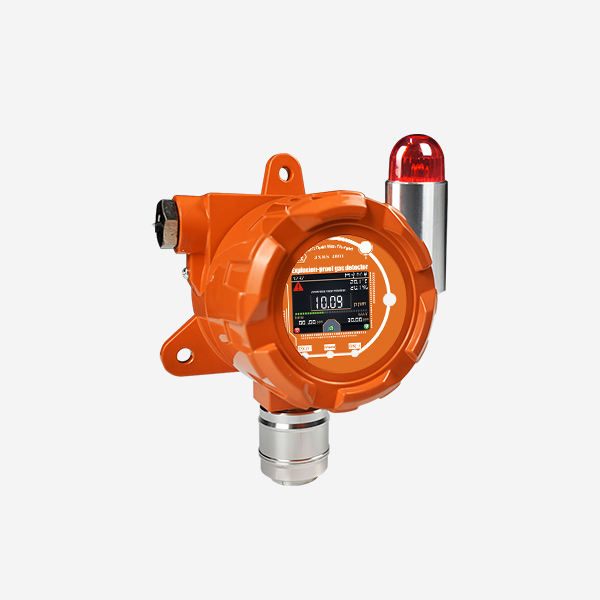One of the advantages of the LEL gas detectors is that it can be used for early gas leak detection. Monitoring hazardous levels of flammable gases is important if you want to maximize safety and minimize the risk of fire or explosion at your facility. Learn what LEL is and why it is important for gas detection systems.
LEL gas detectors are one of the first defenses against fires or explosions, but do you know what LEL actually is? Learn more from our safety experts.
If you work around sources of gas that are flammable or combustible, you may have noticed the term LEL, a term that is short for Lower Explosive Limit. If there is a risk that hazardous levels of flammable or combustible gas may be present, safety and insurance conditions may require a fixed gas detection system. Thus, in the unfortunate event that a leak was to occur, you can be sure that you have the resources necessary to take quick action

Defining Lower Explosive Limits (LEL)
What is LEL, you may ask? LEL stands for “Lower Explosive Limit” and is the lowest concentration of a particular gas that has the potential to be flammable or combustible. In other words, it’s the minimum amount of gas that will catch fire or explode when an ignition source is present. If a gas concentration is less than the lower limit, there is insufficient gas for the mixture to ignite.
For example, methane or natural gas has a 5% by volume LEL and 17% by volume UEL. The upper limit is not important when considering the risk of explosion, but if the percent volume of methane present was 5% gas then the gas monitor would display 100% LEL.
LEL & Gas Detection Systems
When you consider LEL gas detection, the goal is to monitor gases and turn on alarms when they pass the LEL limit to reduce accidents. Fixed LEL gas detectors are permanently installed in a facility and monitor the atmosphere for combustible gases 24 hours per day, seven days per week. This is very important, as dangerous leaks or spills may go unnoticed during nights or weekends.
Fixed LEL detectors are typically installed close to sources of leaks, adjacent to air handler intake vents, or in the ceiling of an enclosed building or room. In most cases, fixed LEL monitors are connected to a central controller which can activate audible and visual alarms in the monitored area as well as in a centrally-located control room.
Another type of LEL monitor is called a Sample Draw Monitor or Sample Draw Detector. This device uses a pump to pull a sample from a remote location and push it across the sensor. A sample draw monitor allows the gas detector to be mounted in an area that provides easy access and maintenance while sampling air inside confined spaces like paint cabinets or combustible gas storage rooms.
LEL Gas Detectors You Can Trust
Whether in a refinery, petrochemical or wastewater plant, or perhaps a warehouse, it’s crucial to have a reliable gas detection system you can depend on. With nationally recognized hazardous area certifications, GDS Corp. LEL gas detectors are guaranteed to safeguard your facility.
Connect with our engineers to design a system that properly monitors the LEL gases in your facility.